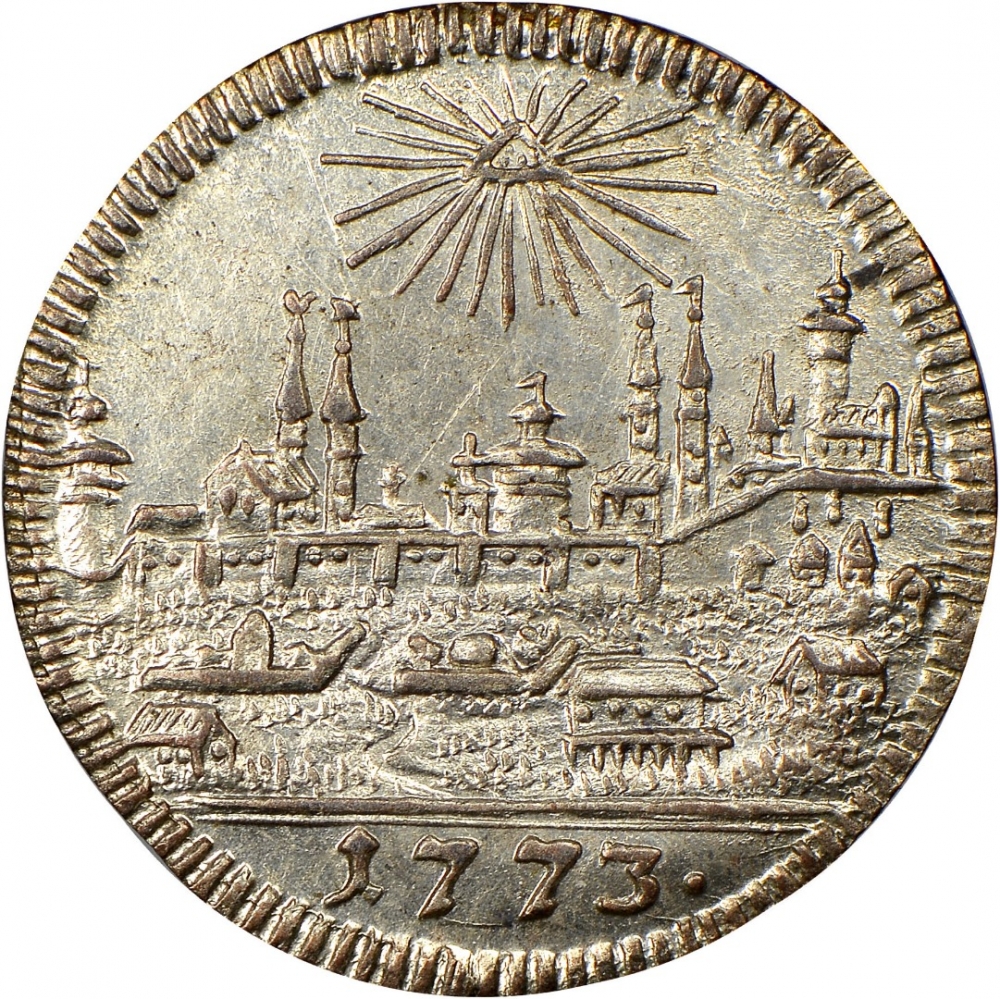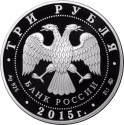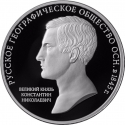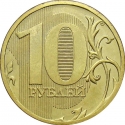You are about to finish your registration. Please check your mailbox (including spam folder). There should be a letter with a confirmation link. Check setting to make sure that your e-mail address is correct.
Send letter againDescription
The Imperial City of Nuremberg (German: Reichsstadt Nürnberg) was a free imperial city — independent city-state — within the Holy Roman Empire. After Nuremberg gained piecemeal independence from the Burgraviate of Nuremberg in the High Middle Ages and considerable territory from Bavaria in the Landshut War of Succession, it grew to become one of the largest and most important Imperial cities, the 'unofficial capital' of the Empire, particularly because Imperial Diets (Reichstage) and courts met at Nuremberg Castle. The Diets of Nuremberg were an important part of the administrative structure of the Empire. The Golden Bull of 1356, issued by Emperor Charles IV (reigned 1346–78), named Nuremberg as the city where newly elected kings of Germany must hold their first Imperial Diet, making Nuremberg one of the three highest cities of the Empire.
The cultural flowering of Nuremberg, in the 15th and 16th centuries, made it the center of the German Renaissance. Increased trade routes elsewhere and the ravages of the major European wars of the 17th and 18th centuries caused the city to decline and incur sizeable debts, resulting in the city's absorption into the new Kingdom of Bavaria on the signing of the Confederation of the Rhine in 1806, becoming one of the many territorial casualties of the Napoleonic Wars in a period known as the German mediatisation.
The name of this coin is 'Stadtansichtskreuzer von Nürnberg' (city-view Kreuzer of Nuremberg).
Obverse

|
3 baroque shields, value divided by N below. "1 (N) Kr" means 1 Nürnberg Kreuzer. 1 (N) Kr |
|---|---|
Reverse

|
View of the City of Nuremberg under the Eye of Providence. Date below. 1773. |
| Edge |
1 Kreuzer
(4 Pfennig)
Free Imperial City
KM# 367
Related coins
170th Anniversary of the Russian Geographic Society







